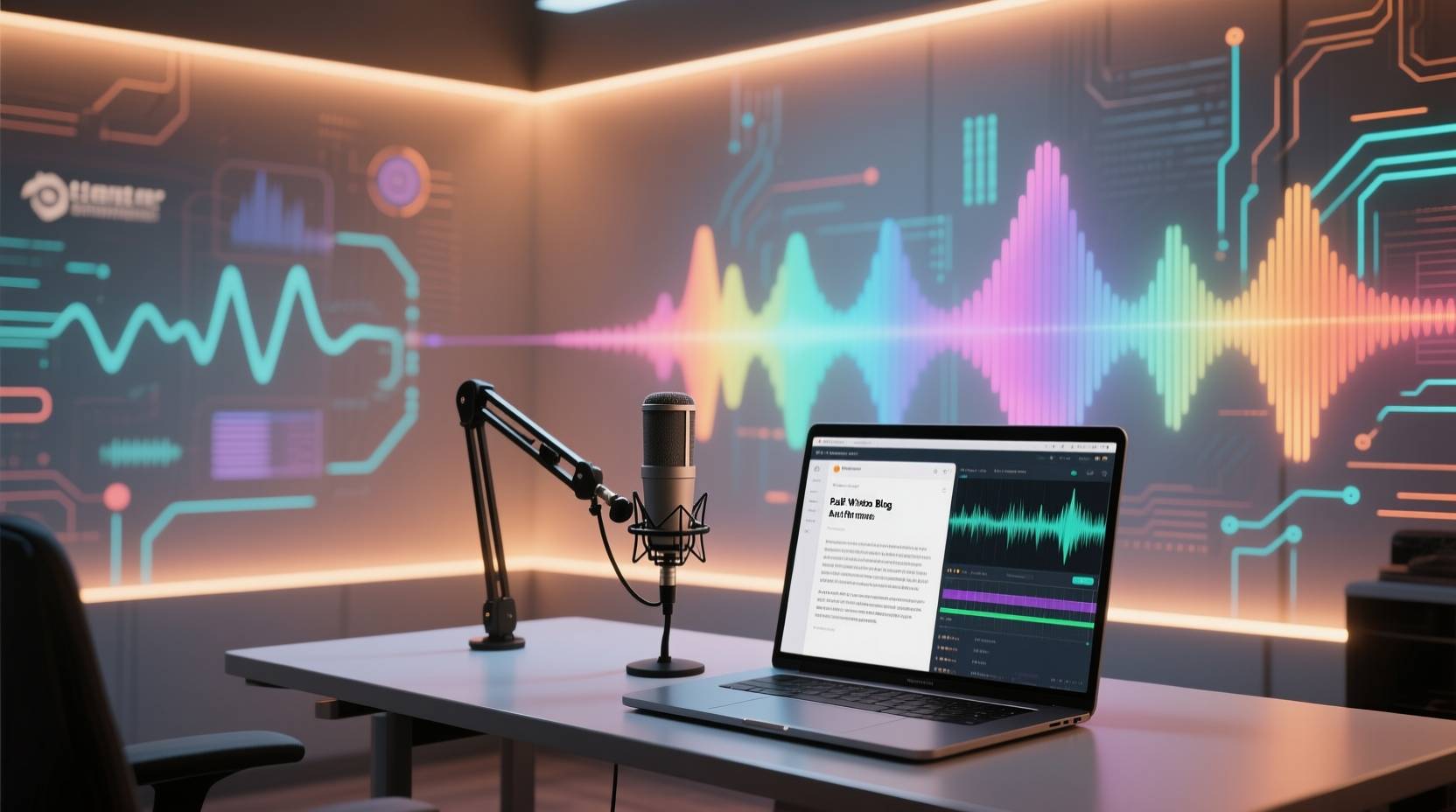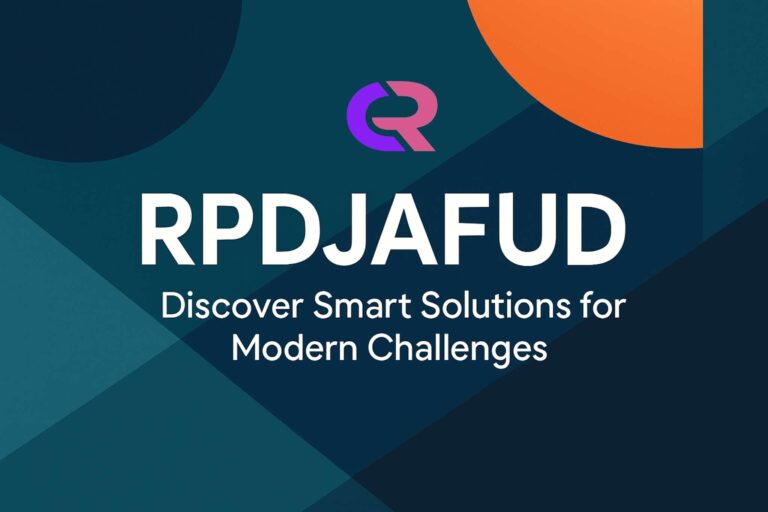AI Tools to Convert Blog Posts into Podcasts: Complete Guide
The demand for audio content has surged, and creators are looking for efficient ways to repurpose written content into engaging spoken formats. AI tools to convert blog posts into podcasts are now bridging this gap with advanced text-to-speech technology, natural-sounding voices, and automation that eliminates the need for manual recording. This approach saves time, expands audience reach, and adds a new dimension to your content strategy. By understanding which tools work best, how they function, and what strategies maximize their impact, you can create high-quality podcasts from your existing blog posts without compromising on quality.
Why Converting Blog Posts into Podcasts Works
Written content often struggles to capture audiences who prefer listening over reading. By transforming a blog into a podcast, you tap into the growing base of podcast listeners who consume content while commuting, exercising, or multitasking. Unlike traditional recording, AI-powered solutions automate the conversion process, making it cost-effective and fast. When you use AI tools to convert blog posts into podcasts, you are essentially turning static text into an accessible, on-the-go learning experience. This not only increases reach but also improves engagement with audiences who prefer audio content.
How AI Tools to Convert Blog Posts into Podcasts Operate
The technology behind these tools is based on advanced natural language processing and AI-driven voice synthesis. These platforms analyze your blog text, structure it for conversational flow, and then use neural text-to-speech engines to produce audio that sounds human-like. Many tools also allow you to select voice styles, adjust pacing, and add background music for a polished finish. Some even integrate with CMS platforms like WordPress, enabling direct import and conversion of articles into podcasts without downloading or copy-pasting text.
Features to Look for in AI Podcast Conversion Tools
Choosing the right platform depends on your goals. The best AI tools offer realistic voice tones, multilingual support, and the ability to handle long-form content without sounding monotonous. Look for customization features that allow you to tweak emphasis and inflection so your podcast feels more natural. Integration capabilities with hosting platforms like Spotify or Apple Podcasts can also streamline publishing. If your content involves complex terminology, pick a tool with pronunciation editing so technical words are spoken correctly.
Top Platforms That Deliver Quality
Several AI solutions stand out for their performance, speed, and sound quality. Some platforms excel at lifelike narration, while others focus on bulk automation for high-volume creators. The more advanced ones can even identify headings, subheadings, and paragraph breaks, adjusting tone accordingly. With the right choice, you can maintain your brand’s personality and make your podcast feel genuinely produced rather than auto-generated.
Cost and Accessibility Advantages
Producing podcasts manually can be expensive, especially if you hire a voice artist or sound engineer. AI tools remove these costs while delivering comparable audio quality. You pay for a subscription or credits, which is far less than the combined cost of recording equipment, editing software, and studio time. These platforms are also accessible to anyone, whether you’re a solo blogger or a large-scale publisher. They eliminate the need for technical expertise, enabling you to focus on content creation rather than production logistics.
Maintaining Authenticity in AI-Generated Podcasts
A major concern for creators is that AI-generated audio might sound impersonal. The key is fine-tuning the voice output, selecting the right tone, and ensuring the narration aligns with your brand identity. Many tools let you insert personalized intros, add calls-to-action, or mix in pre-recorded segments. This hybrid approach blends the efficiency of AI with a human touch, making your audience feel connected.
How to Integrate the Process into Your Workflow
Start by identifying blog posts that perform well in search rankings or drive high engagement. Converting these into podcasts gives you a better chance of attracting loyal listeners. After selecting the right AI tools to convert blog posts into podcasts, you can automate the process for all new content. Upload or paste the article into the tool, customize voice settings, and generate the audio file. From there, upload it to a podcast host or embed it on your blog so visitors can choose between reading or listening.
Monetization Opportunities
Podcasts created from blogs can also open new revenue streams. You can insert sponsored segments, run advertisements, or promote your own products and services within the episodes. Since AI allows quick content turnaround, you can increase publishing frequency without overextending your resources. The more consistent your releases, the easier it becomes to build an audience and secure sponsors.
Overcoming SEO and Discoverability Challenges
While podcasts don’t inherently boost written SEO, they can support your rankings indirectly. Hosting both text and audio versions on your website increases session duration, which search engines value. Transcribing your podcast back into text also ensures it remains searchable. Some AI platforms even generate show notes and summaries, improving discoverability across podcast directories.
Ethical Considerations
Using AI to create podcasts raises questions about transparency. It’s important to disclose to your audience that the narration is AI-generated if asked. This builds trust and prevents any perception of deception. You should also ensure that your blog content, especially if sourced from guest contributors, has the necessary rights for conversion into audio format.
Future Trends in AI Podcasting
Voice cloning is emerging as a powerful feature, allowing creators to replicate their own voice for consistent brand identity without constant recording. Multilingual AI narration is also on the rise, enabling you to reach global audiences without hiring translators or multiple voice actors. Real-time content-to-audio conversion is another advancement, making it possible to publish podcasts within minutes of posting a blog article.
The Impact on Content Strategy
By incorporating AI tools into your publishing routine, you can adopt a multi-format content strategy without extra workload. Each blog post becomes a versatile asset, available for both readers and listeners. This approach not only maximizes ROI on content creation but also ensures your brand remains accessible to audiences with different consumption preferences.
Building an Engaged Listener Base
Once you start releasing podcasts, promote them across your existing channels. Embed them in newsletters, share snippets on social media, and encourage subscribers to leave reviews. Consistent branding in both your written and audio formats strengthens audience recognition. Over time, your podcast library will act as an evergreen resource that continues to attract new followers.
Final Thoughts
AI-powered podcast creation is no longer a novelty; it’s an essential tool for modern content strategies. By using AI tools to convert blog posts into podcasts, you can efficiently expand your reach, repurpose your best-performing articles, and connect with audiences who prefer audio experiences. With the right platform, you can produce high-quality, natural-sounding episodes that rival traditional recordings—without the time and cost burdens of manual production.







